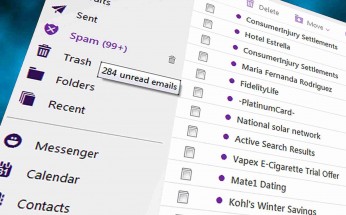We are delighted to announce that a new social media marketing book from Go-Mash Mobile’s Founder will be published on 23rd February. Conversation is King by Patrick Macgougan is currently available on pre-order.
Although the market for social media marketing books is very busy, this unique guide looks at the science behind why people comment on and take part in discussions around content and in certain situations. Who do some social media posts receive thousands of comments but others don’t? Conversation is king uncovers and explains the key elements of discussion.
Businesses of all types and sizes can benefit from the social aspect of social media. Through discussion, businesses can grow strong communities around their products or services as well as their values and goals. Unlike quick flash competitions and attempts for easy one-word comments, this approach develops long lasting and powerful results.
Using the elements explained in Conversation is King you can create an environment that makes your followers feel comfortable enough to get involved in the discussion and content that evokes and invites comments. Currently available at Amazon and Kobo, you can pre-order the book now.
Read more: New Social Media Marketing Book From Go-Mash Mobile Founder









